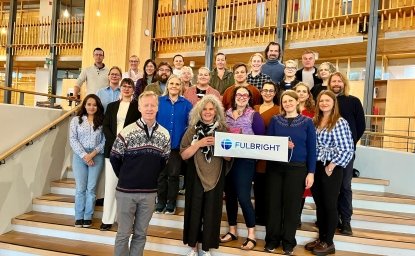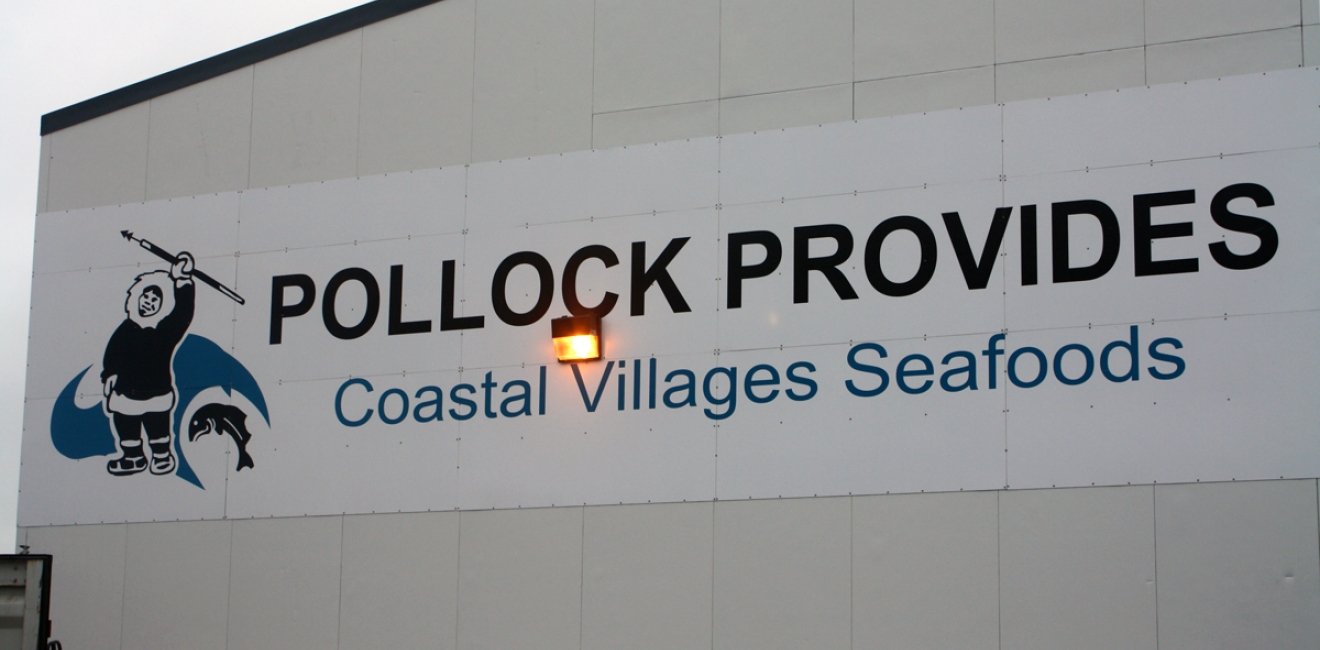
A blog of the Polar Institute
For almost 50 years, the Magnuson-Stevens Fishery Conservation and Management Act has governed sustainable fisheries all around the United States. It supports 1.6 million jobs and tens of thousands of small businesses. It also supports one of the most enduring and effective economic opportunity programs in America, the Western Alaska Community Development Quota program, or CDQ.
The Fishery Conservation and Management Act of 1976, as Magnuson-Stevens was originally known, is known globally for creating the “exclusive economic zone,” which gave the United States control of natural resources from 3 miles (the end of state waters) out to 200 miles from its shores. The law evicted foreign fishing fleets from the bountiful fishing grounds of the Bering Sea, reserving it for a small but growing fleet of American fishing vessels. The Act also directs that local stakeholders appointed to regional fishery management councils decide how the fisheries should operate. Their decisions are made within firm statutory guardrails that mandate sustainability, minimize bycatch, and protect fishing communities.
America’s Bering Sea fleet was originally based in, and owned by, Seattle companies. When Congress updated Magnuson-Stevens in 1996, Alaska Senator Ted Stevens added the CDQ program into federal law, setting up a mechanism that would slowly shift ownership of the fleet from Seattle to Alaska. CDQ began at the North Pacific Fishery Management Council in 1992, the brainchild of western Alaska advocates who saw that most Bering Sea communities did not have an economic stake in the Bering Sea. The program sets aside ten percent of the fish harvests for a small percentage of the pollock harvest for 65 Bering Sea communities, most of which are majority Alaska Native. The communities are grouped into six regional non-profit entities. These “CDQ groups” harvest the fish on their own vessels or sell the harvest rights to fishing companies, then use the revenues to invest in the Bering Sea industry and fund economic development in one of America’s poorest regions: coastal western Alaska.
In 2010, the largest CDQ group, Coastal Villages Region Fund (CVRF), acquired a large pollock catcher-processor and its harvest rights, creating the first major CDQ-owned seafood company. The other CDQ groups have expanded their investments in the Seattle fleets, too. Today, CDQ owns close to one-third of the Bering Sea pollock industry in addition to significant crab and cod holdings. These growing investments produce tens of millions of dollars annually for western Alaska while generating economic activity across the state.
CDQ succeeds for many reasons, especially the sustainable fisheries management policies put forth by the North Pacific Council. Western Alaskans owe a debt of gratitude to the Council Members and staff who ensure the long-term environmental health of the Bering Sea through sound, science-based fishery management. But CDQ also thrives because Congress gave the groups flexibility to design their own programs. CDQ’s broad mission allows the groups to identify needs that are specific to their regions and deliver benefits in ways that fill the gaps between federal and state benefits programs that are not always a good fit with rural, remote communities.
At CVRF, we have designed programs that support our residents’ subsistence lifestyle. Subsistence, or living off the land and sea, has been a way of life in western Alaska for thousands of years. Our residents hunt game, fish for salmon and other species, and gather wild foods to feed their families and communities. But like everything else in western Alaska, subsistence is expensive. Power equipment like snow machines, four-wheelers, and outboard motors can be very expensive, and steady employment outside of local government jobs is often hard to find. So, we help our residents acquire, maintain, and repair their subsistence equipment, making access to food more affordable. Our People Propel program helps bring down the cost of power equipment for rural Alaskans. We operate mechanic shops in 18 of our 20 communities to help keep this equipment in service. We recently purchased a powersports dealership near Anchorage which provides a steady source of new equipment and parts, and has expanded training opportunities for mechanics. CVRF even offers warranty repairs on some Honda products in our region, one of the few non-dealership warranty services in the world.
CDQ is one of Alaska’s great success stories and one of the three pillars supporting Alaska Native communities, alongside the Native corporations and tribal recognition. We are proud to play a role in preserving our residents’ way of life while providing economic opportunity tied to sustainable fisheries harvests in the Bering Sea.
Author
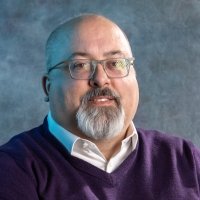

Polar Institute
Since its inception in 2017, the Polar Institute has become a premier forum for discussion and policy analysis of Arctic and Antarctic issues, and is known in Washington, DC and elsewhere as the Arctic Public Square. The Institute holistically studies the central policy issues facing these regions—with an emphasis on Arctic governance, climate change, economic development, scientific research, security, and Indigenous communities—and communicates trusted analysis to policymakers and other stakeholders. Read more

Explore More in Polar Points
Browse Polar Points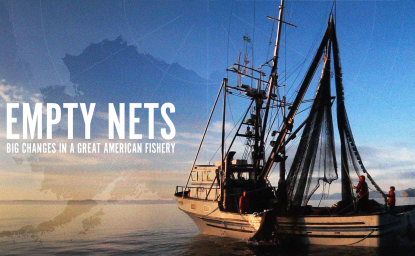
Empty Nets: Big Changes in a Great American Fishery
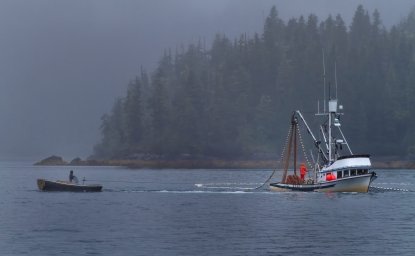
Empty Nets: Big Changes in a Great American Fishery

Greenland’s New Governing Coalition Signals Consensus
